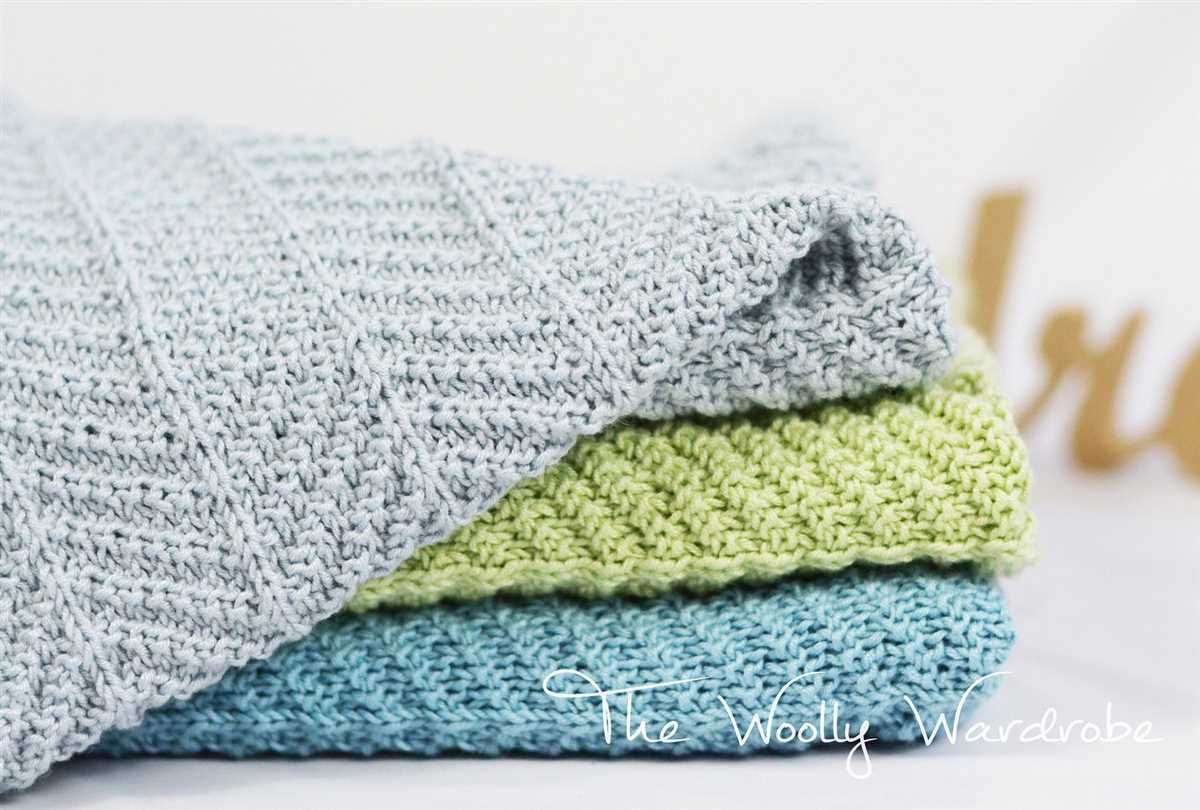
If you love knitting and have a little one on the way or want to gift a special baby in your life with a handmade blanket, you’re in luck. There are so many beautiful and free patterns available for knitted baby blankets that you’ll be spoilt for choice.
Knitted baby blankets are not only practical but also incredibly thoughtful and personal. They are a labor of love and can become cherished family heirlooms. Whether you’re a beginner or an experienced knitter, there’s a pattern out there that will suit your skill level and style.
From simple designs with classic motifs to more intricate patterns with delicate lacework, you’ll find inspiration and instructions for any project you have in mind. Each pattern is unique and allows you to create something truly one-of-a-kind for the little one in your life.
Benefits of knitting baby blankets
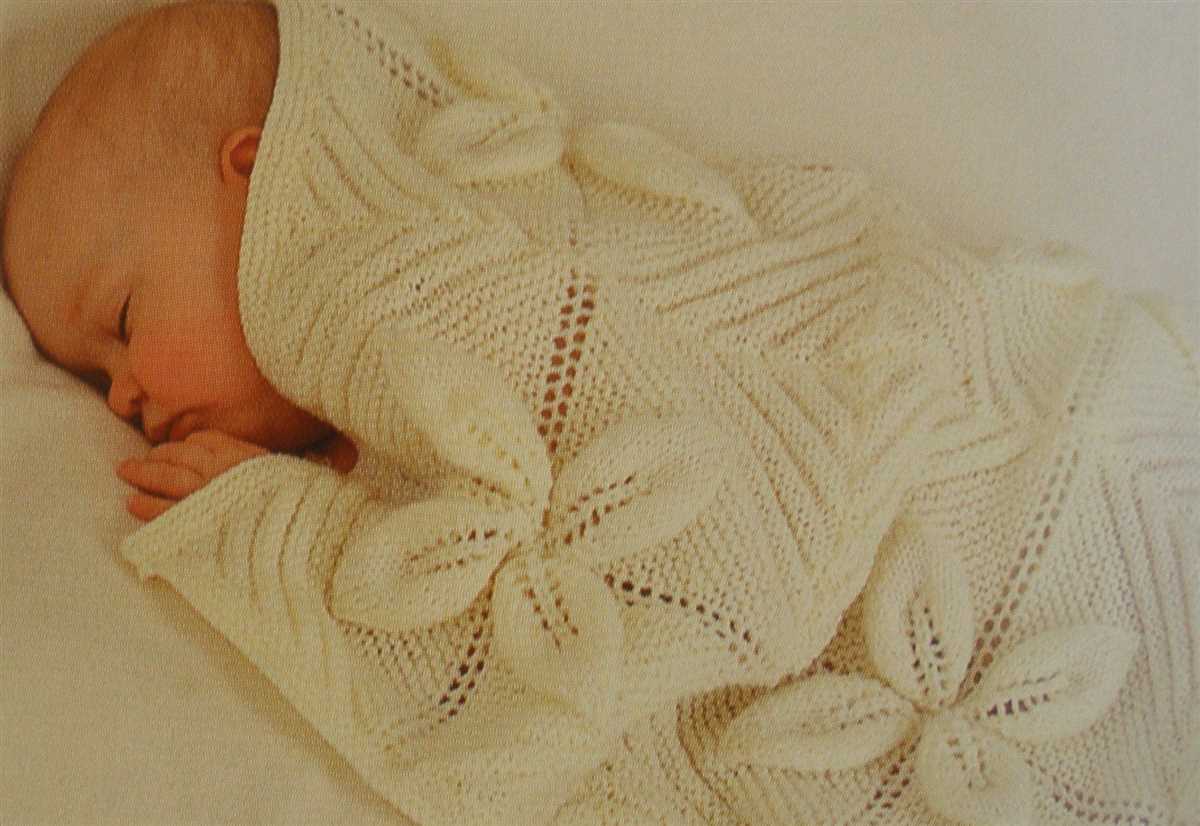
Knitting baby blankets is not only a popular pastime for many crafters, but it also offers numerous benefits for both the knitter and the baby. Here are some of the advantages of knitting baby blankets:
1. Personal touch:
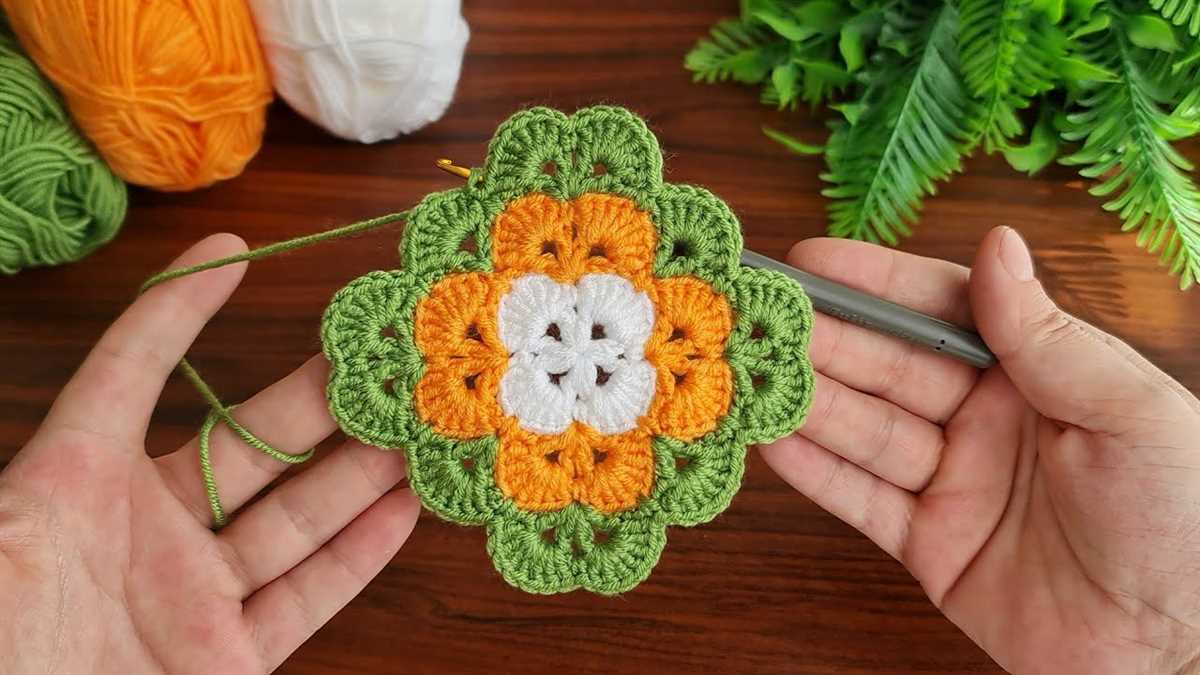
Knitting a baby blanket allows you to add a personal touch to the gift. You can choose the colors, patterns, and even customize it with the baby’s name or initials. This makes the blanket a unique and special keepsake that will be cherished for years to come.
2. Handmade with love:
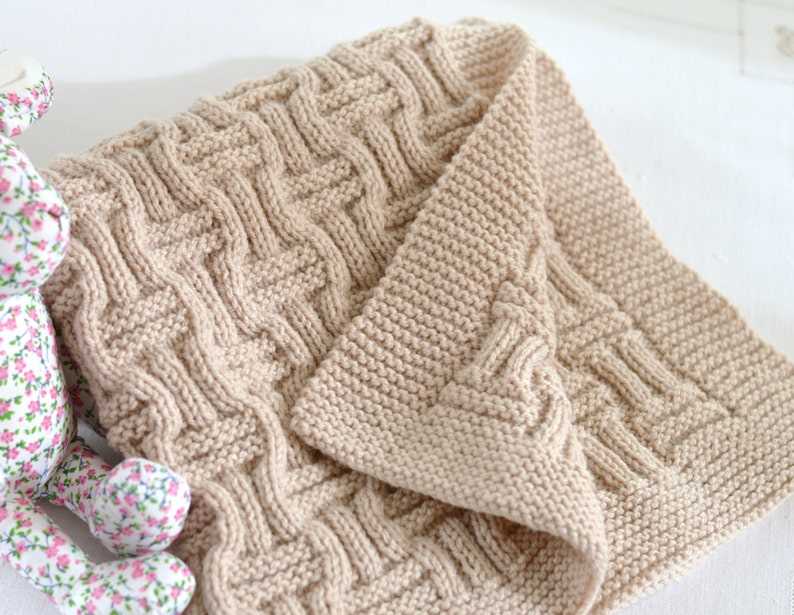
When you knit a baby blanket, you are creating something special with your own hands. This handmade touch adds a sense of love, care, and warmth to the blanket. It becomes more than just an item, but a symbol of your affection and dedication.
3. Soft and cozy:
Knitted baby blankets are known for their softness and coziness. The texture of the yarn and the stitches create a plush and comforting fabric that is gentle on the baby’s skin. The blanket provides warmth and security, making it the perfect companion for naptime or cuddles.
4. Practical and versatile:
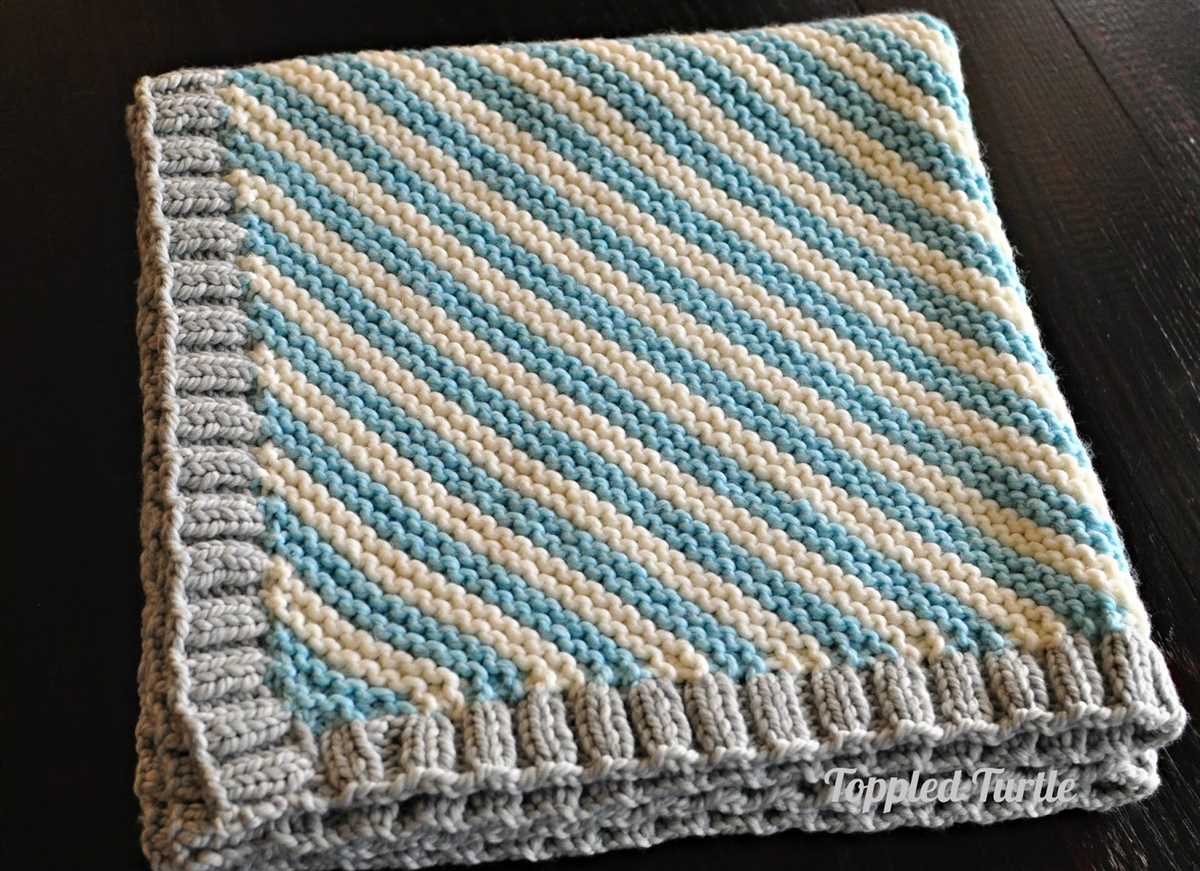
Knitted baby blankets are not only beautiful but also practical. They can be used in various ways, such as swaddling the baby, providing an extra layer of warmth in the stroller or car seat, or as a play mat for tummy time. The versatility of the blanket makes it a useful and functional gift.
5. Relaxing and therapeutic:
Knitting itself is a relaxing and therapeutic activity. It can help reduce stress, improve focus, and promote mindfulness. Knitting baby blankets allows you to combine the joy of knitting with the happiness of creating something for a beloved little one, making it a calming and fulfilling experience.
In conclusion, knitting baby blankets offers numerous benefits, from adding a personal touch to creating a soft and cozy item for the baby. It is a rewarding and fulfilling craft that brings joy to both the knitter and the recipient. So grab your knitting needles and start creating beautiful and meaningful baby blankets!
How to choose the right yarn for a baby blanket
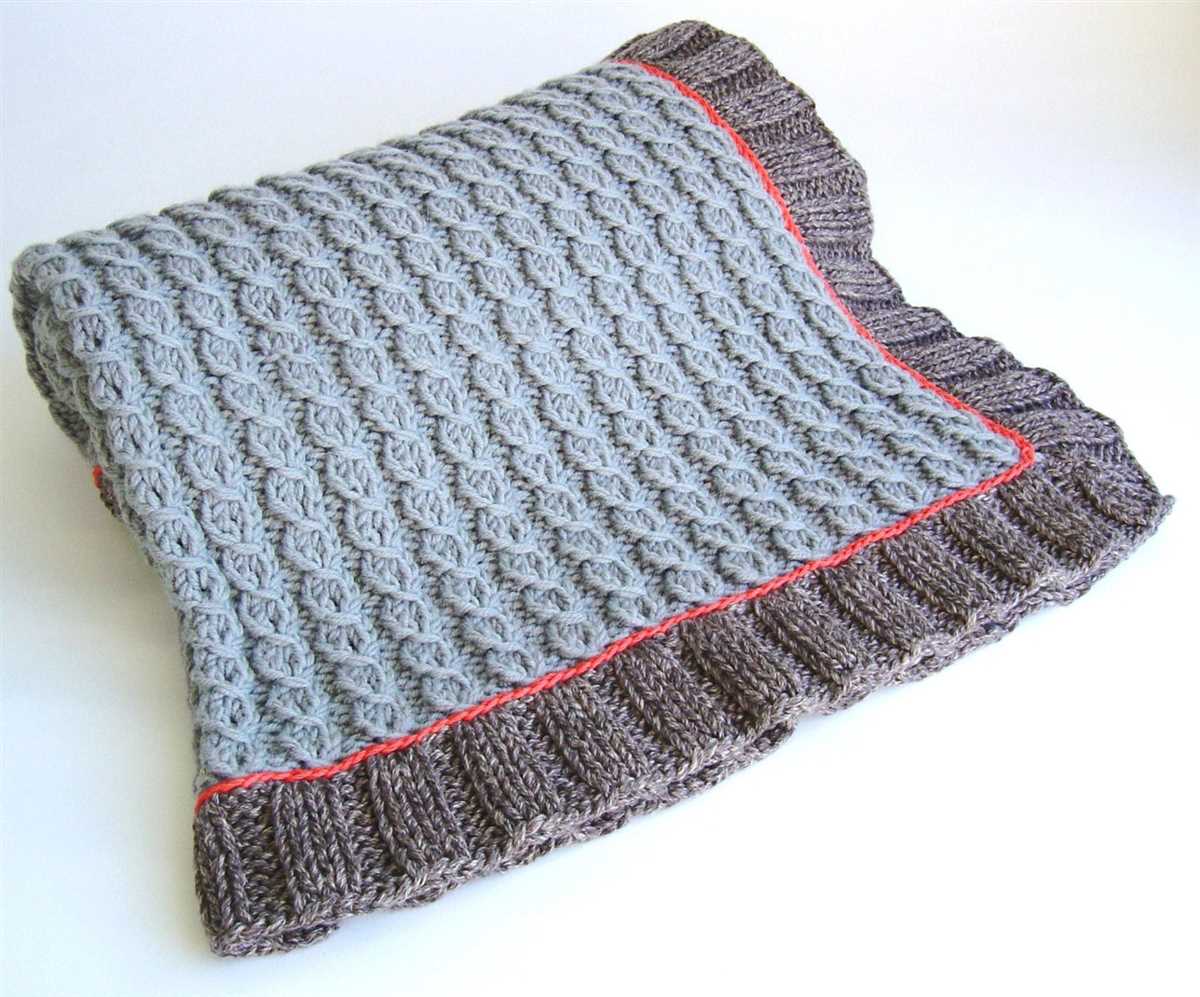
When it comes to knitting a baby blanket, one of the most important aspects to consider is the choice of yarn. Babies have sensitive skin, and therefore it is crucial to select yarn that is soft, hypoallergenic, and gentle on their delicate skin.
1. Opt for natural fibers: Natural fibers such as cotton, bamboo, and merino wool are excellent choices for baby blankets. These materials are breathable, lightweight, and gentle, making them perfect for keeping a baby comfortable and cozy.
2. Check for hypoallergenic properties: Babies have sensitive skin, so it’s important to choose yarn that is hypoallergenic to minimize the risk of any allergic reactions or irritation. Look for yarn labeled as hypoallergenic or specifically designed for baby items.
3. Consider the season: The season in which the baby will be using the blanket can also influence your yarn selection. For warmer months, lightweight and breathable yarns like cotton or bamboo are ideal, while for colder months, warmer and cozier yarns like merino wool or a wool blend can provide extra warmth.
4. Pay attention to washability: Babies can be messy, so it’s important to choose yarn that can be easily washed and maintained. Look for yarn that is machine washable and durable to ensure that the baby blanket remains clean and in good condition.
5. Consider the pattern and stitch definition: Depending on the pattern you choose for the baby blanket, the yarn’s stitch definition may be essential. Some patterns may require a yarn with good stitch definition to showcase intricate details and designs.
6. Think about durability: Baby blankets are meant to be used and loved, so it’s essential to choose yarn that is durable and can withstand frequent use and washing. Look for yarn that is known for its durability and long-lasting properties.
By considering these factors and taking into account the specific needs of the baby, you can choose the right yarn for knitting a baby blanket that is not only beautiful but also safe and comfortable for the little one.
Essential knitting tools for making baby blankets
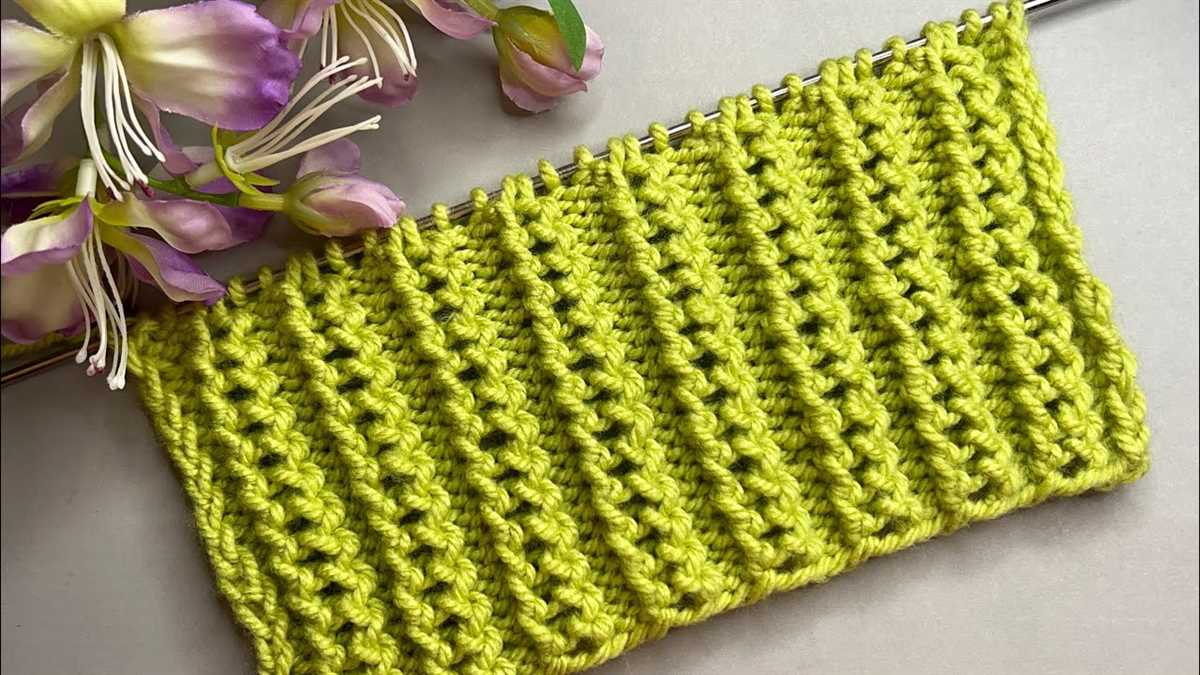
If you’re planning to make a knitted baby blanket, it’s important to have the right tools on hand. Having the right knitting tools can make the process easier and more enjoyable. Here are some essential knitting tools you’ll need for making baby blankets:
1. Knitting Needles:
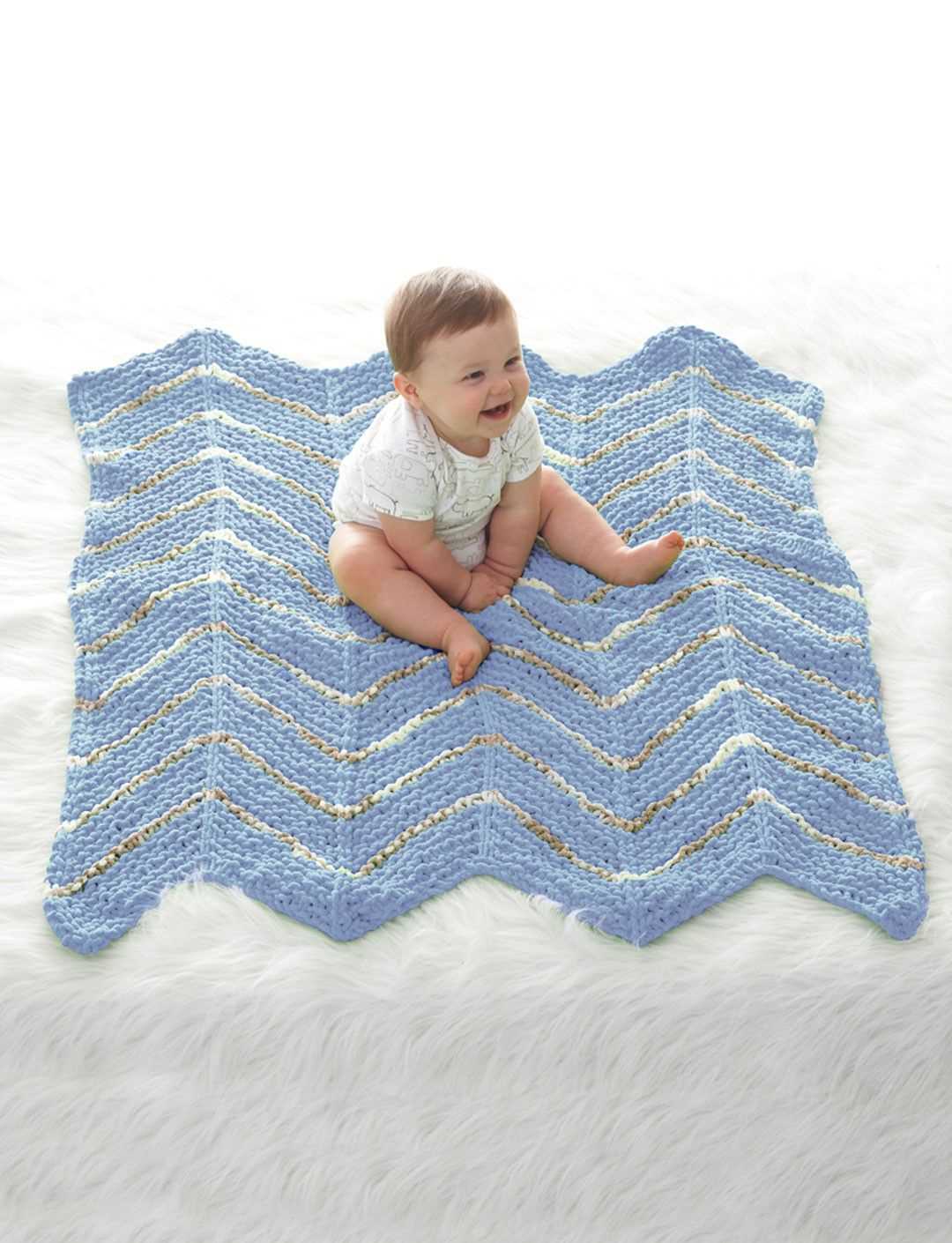
Knitting needles are the most basic tool you’ll need for knitting. When making a baby blanket, it’s recommended to use circular knitting needles. Circular needles allow you to hold a larger number of stitches and distribute the weight of the project more evenly. They also make it easier to work on larger projects like baby blankets.
2. Yarn:
Choosing the right yarn is important for making a baby blanket. Opt for soft, baby-friendly yarn that is machine washable. Look for yarns that are labeled as “baby” or “baby blanket” to ensure they are gentle against a baby’s delicate skin. Acrylic or cotton blends are popular choices for baby blankets as they are both soft and durable.
3. Stitch markers:
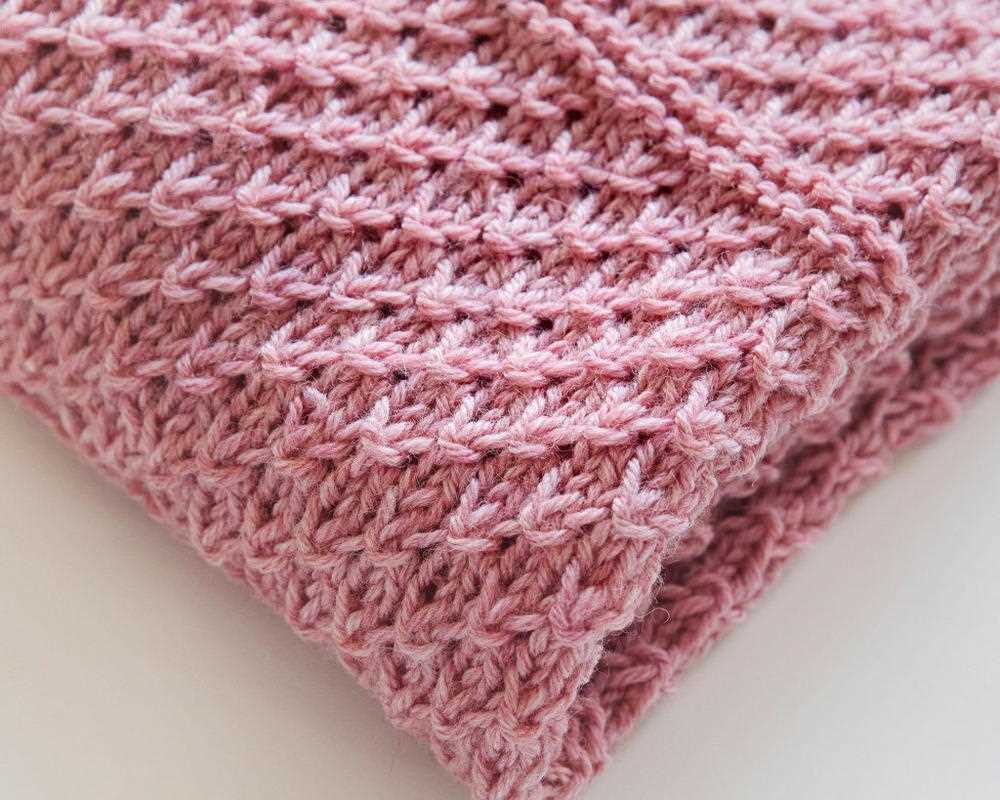
Stitch markers are helpful tools that can be used to mark specific stitches or sections of your knitting project. When making a baby blanket, stitch markers can be used to mark the beginning of a row or the center of the blanket, making it easier to keep track of your progress and stay organized.
4. Tape measure:

A tape measure is necessary for accurately measuring your work and ensuring your baby blanket is the desired size. This tool is especially important if you’re following a specific pattern that requires specific measurements. A tape measure with both inches and centimeters is recommended for versatility.
5. Scissors:
Having a pair of scissors dedicated to your knitting projects is essential. Scissors are used for cutting yarn, weaving in loose ends, and fixing mistakes. Choose a pair of small, sharp scissors that are easy to handle and keep them handy in your knitting bag.
By having these essential knitting tools, you’ll be well-equipped to create beautiful and cozy baby blankets. Remember to also have a comfortable knitting bag or container to store your tools and keep them organized. Happy knitting!
Simple knitting patterns for beginners
For those who are new to knitting, starting with simple and easy patterns is a great way to get familiar with the craft. These beginner-friendly knitting patterns are perfect for practicing basic stitches and building confidence in your knitting skills.
Garter Stitch Scarf: The garter stitch is one of the simplest and most common knitting stitches. This pattern is perfect for beginners as it only requires knitting every row. You can choose any yarn and needle size you prefer and create a beautiful and cozy scarf.
Seed Stitch Dishcloth: The seed stitch is another easy stitch pattern that creates a woven texture on the fabric. This simple dishcloth pattern is perfect for beginners to practice seed stitch and create a useful item for your kitchen. You can experiment with different colored yarns to make a set of vibrant dishcloths.
- Materials needed: Yarn, knitting needles, scissors, tapestry needle
- Difficulty: Easy
Knitted Hat: This beginner-friendly hat pattern is a great way to start knitting in the round. It involves basic knitting and purling stitches and can be completed in a few hours. You can choose a soft and warm yarn to create a cozy hat for yourself or as a gift for someone special.
- Materials needed: Yarn, circular knitting needles, double-pointed knitting needles, stitch markers, tapestry needle
- Difficulty: Easy to intermediate
| Pattern | Materials | Difficulty |
|---|---|---|
| Garter Stitch Scarf | Yarn, knitting needles, scissors, tapestry needle | Easy |
| Seed Stitch Dishcloth | Yarn, knitting needles, scissors, tapestry needle | Easy |
| Knitted Hat | Yarn, circular knitting needles, double-pointed knitting needles, stitch markers, tapestry needle | Easy to intermediate |
Intermediate knitting patterns for more experienced knitters
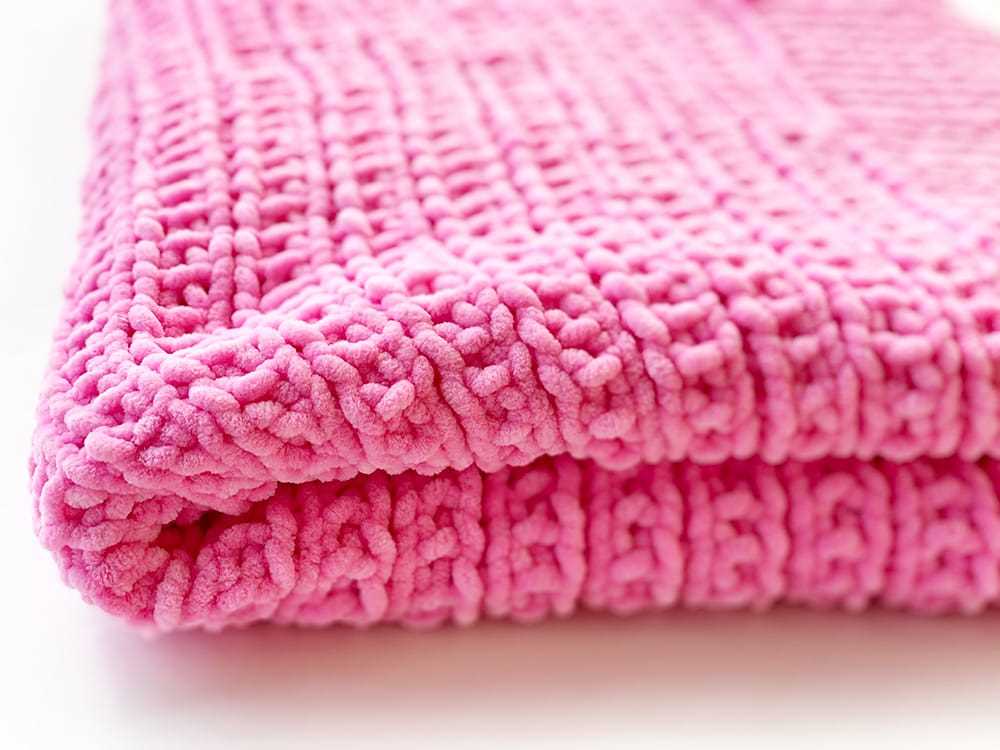
If you’re an experienced knitter looking for a new challenge, intermediate knitting patterns can help you create more intricate and detailed designs. These patterns often incorporate more complex stitches, techniques, and constructions, allowing you to advance your knitting skills and create unique, eye-catching pieces. Whether you’re looking to knit a cozy sweater, an intricate lace shawl, or a challenging colorwork blanket, there are plenty of intermediate knitting patterns available for you to explore.
One type of intermediate knitting pattern that many knitters enjoy is lace knitting. Lace patterns often feature delicate and intricate designs, created using a combination of yarn overs, decreases, and various stitch patterns. These patterns require careful attention and precision, but the end result is often stunning. Whether you choose to knit a lace shawl, a lace wrap, or a lace cardigan, lace knitting patterns can provide you with a rewarding project that showcases your knitting skills.
Colorwork knitting patterns
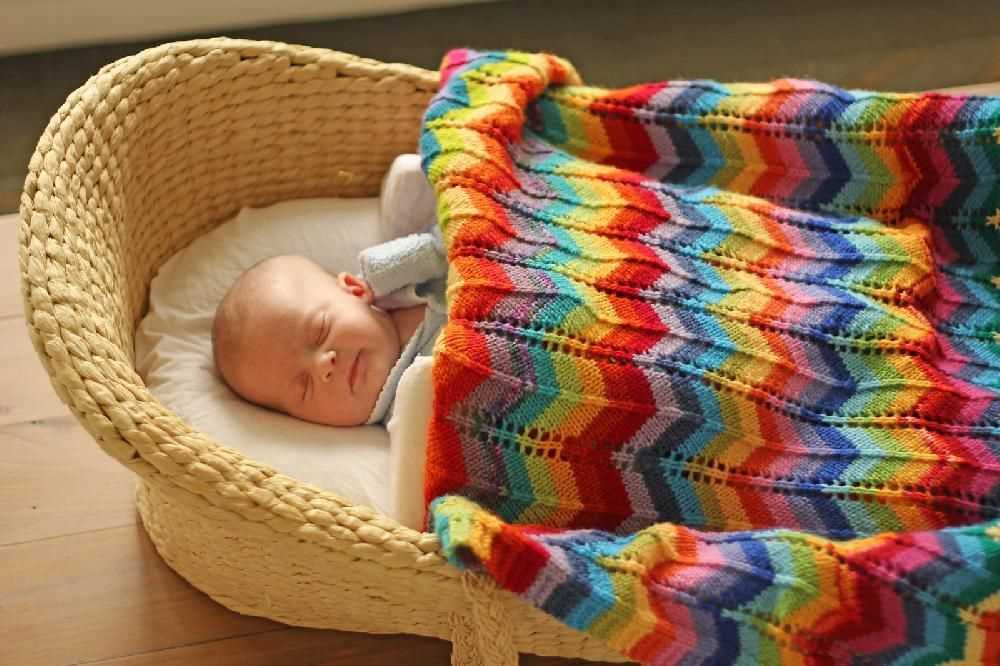
Another type of intermediate knitting pattern that can challenge and inspire you is colorwork knitting. Colorwork patterns involve using multiple colors of yarn to create intricate and colorful designs. From Fair Isle patterns, which feature small repeating motifs, to intarsia patterns, which allow you to create larger images within your knitting, colorwork knitting can add depth and interest to your projects. Whether you choose to knit a colorwork hat, a colorwork sweater, or a colorwork blanket, these patterns will test your ability to manage multiple colors and create beautiful designs.
In addition to lace and colorwork patterns, intermediate knitters can also explore cable knitting patterns. Cable knitting involves twisting stitches to create a variety of unique and textured patterns. From simple cable patterns that create neat twists, to more complex cable patterns that form intricate designs, these patterns can be a fun and challenging way to add texture and depth to your knitting. Whether you choose to knit a cable sweater, a cable hat, or a cable scarf, cable knitting patterns can provide an engaging and visually interesting project for intermediate knitters.
Advanced knitting patterns for skilled knitters
If you’re an experienced knitter looking for a challenge, these advanced knitting patterns are perfect for you. These patterns require a high level of skill and attention to detail, but the end result is a beautiful and unique piece that will be sure to impress.
1. Lace Shawl
If you enjoy intricate lacework, this pattern is for you. Knit with fine yarn and delicate needles, this lace shawl features intricate lace patterns and beautiful, flowing lines. The finished shawl is perfect for dressing up an outfit or can be worn as a statement piece. This pattern will test your lace-knitting skills and patience, but the end result is well worth the effort.
2. Cable Sweater
Cable knitting is a classic technique that never goes out of style. This advanced pattern involves knitting complex cable designs on a larger scale – the perfect project for skilled knitters looking to challenge themselves. The sweater features a mix of intricate cable patterns, creating a stunning and textured design. With its cozy and warm feel, this cable sweater is perfect for the colder months.
3. Fair Isle Hat
If you’re looking to practice your colorwork skills, this fair isle hat pattern is a great choice. With its intricate and colorful design, this hat will surely catch everyone’s attention. Fair isle knitting involves knitting with multiple colors in a single row, creating beautiful patterns. This pattern will challenge your ability to maintain tension and create even stitches while switching between colors. The end result is a stylish and eye-catching hat.
These advanced knitting patterns are not for the faint of heart, but they offer a rewarding and satisfying knitting experience. Whether you’re looking to challenge yourself or expand your knitting skills, these patterns will push you to the next level and result in stunning, one-of-a-kind creations.
Different stitch patterns for creating unique baby blankets
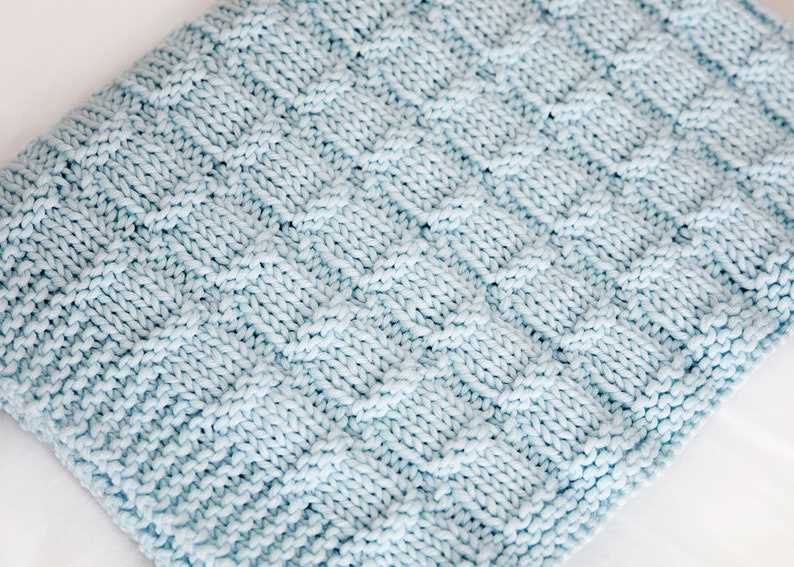
When it comes to knitting baby blankets, there are countless stitch patterns to choose from. Each stitch pattern creates a unique texture and design, making it easy to customize a baby blanket to your liking. Whether you prefer a simple and timeless look or a more intricate and detailed design, there is a stitch pattern out there for every skill level and aesthetic preference.
One popular stitch pattern for baby blankets is the garter stitch. This stitch pattern creates a cozy and squishy texture, making it perfect for snuggling up little ones. The garter stitch is great for beginners as it only requires knitting every row, making it an easy and relaxing project to work on. Baby blankets made with garter stitch have a classic and timeless look that will never go out of style.
- Seed stitch: The seed stitch is another popular stitch pattern for baby blankets. It creates a textured fabric that resembles scattered seeds, hence the name. The seed stitch is achieved by alternating knit and purl stitches within a row. This stitch pattern is great for adding visual interest and depth to a baby blanket, and it works well with both solid and variegated yarns.
- Rib stitch: The rib stitch is a versatile stitch pattern that creates a stretchy and reversible fabric. It is achieved by alternating knit and purl stitches in a specific pattern, typically in a 1×1 or 2×2 ribbing. The rib stitch is great for creating a snug and cozy blanket, and it is perfect for baby garments as it allows for easy stretching and flexibility.
- Cable stitch: For those looking to add a touch of elegance and sophistication to their baby blankets, the cable stitch is an excellent choice. Cable stitches create intertwining designs that resemble braids or ropes, adding visual interest and texture to the blanket. While cable stitches may seem intimidating, they are actually quite simple to master with a little practice. Baby blankets with cable stitches make beautiful heirloom pieces that can be cherished for years to come.
These are just a few examples of the countless stitch patterns that can be used to create unique and beautiful baby blankets. Whether you prefer a simple and classic design or want to experiment with more intricate patterns, there is a stitch pattern out there for you. So grab your knitting needles and get ready to create a cozy and personalized baby blanket that will be treasured for years to come.
Tips for Adding Personal Touches to Your Baby Blanket
When knitting a baby blanket, adding personal touches can make it even more special. Here are some tips to help you customize your baby blanket:
1. Choose Meaningful Colors: Select colors that hold special significance for your family. You can use the baby’s birthstone color or incorporate the colors of the nursery theme.
2. Embroider the Baby’s Name: Add a personal touch by embroidering the baby’s name onto the blanket. You can use a contrasting thread color for a pop of color or opt for a subtle tone-on-tone effect.
3. Incorporate Meaningful Symbols: If there is a symbol that holds significance for your family, consider incorporating it into the design of the blanket. This could be a heart, a star, or any other symbol that represents something special to you.
4. Add a Monogram: Incorporate the baby’s initials into the blanket by adding a monogram. You can choose to knit the monogram directly into the blanket or sew on a separate monogram patch.
5. Knit Personalized Edging: Instead of using a standard edging pattern, consider knitting a personalized edging that reflects the baby’s personality or interests. For example, you could knit an edging with small animal motifs or a pattern that resembles baby toys.
6. Use Unique Stitch Patterns: Experiment with different stitch patterns to create a unique texture for your baby blanket. You can use stitch patterns that resemble flowers, hearts, or any other motif that holds meaning for you.
7. Include Family Heirlooms: If you have any family heirlooms, such as buttons or ribbons, consider incorporating them into the blanket. This will add a sentimental touch and make the blanket even more special.
By following these tips, you can create a baby blanket that is not only warm and cozy but also filled with personal meaning and love.
Using color in your knitted baby blankets
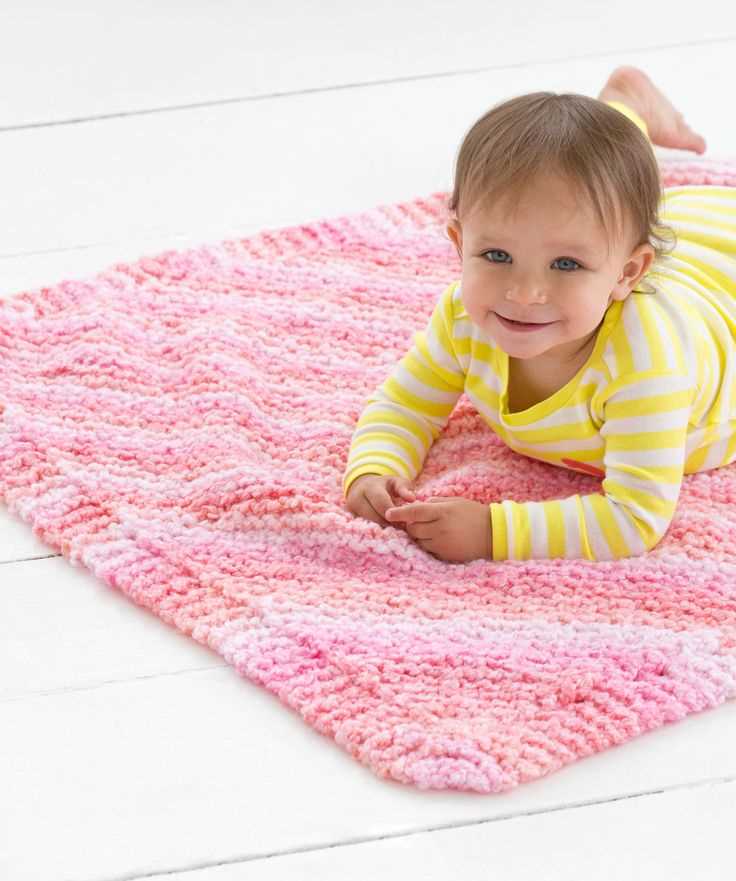
When it comes to knitting baby blankets, using color is a great way to add visual interest and create unique and personalized designs. By carefully choosing your color palette, you can enhance the overall look and feel of your blanket, making it a beautiful and cherished item for babies and parents alike.
1. Soft pastels for a delicate touch: Pastel colors are often associated with baby blankets as they create a soft and delicate look. Using shades of light pink, baby blue, lavender, and mint green can give your blanket a gentle and calming vibe. These colors are perfect for newborns and can create a soothing environment.
2. Vibrant bright colors for a playful design: If you prefer a more lively and playful look, consider using vibrant bright colors in your baby blanket. Colors like hot pink, electric blue, sunny yellow, and lime green can create a cheerful and energizing effect. This color palette is great for baby blankets that are meant to be eye-catching and fun.
3. Neutral colors for a timeless appeal: For a classic and timeless design, using neutral colors like ivory, beige, gray, or light brown can be a great choice. These colors are versatile and can easily match any nursery decor. A baby blanket in neutral colors is also a practical option if you don’t know the baby’s gender or if you want to create a gender-neutral gift.
4. Colorful stripes or patterns for a modern touch: If you’re looking to create a modern and stylish baby blanket, consider incorporating colorful stripes or patterns into your design. You can use a combination of complementary or contrasting colors to create a visually striking effect. This approach allows you to experiment with different color combinations and create a one-of-a-kind baby blanket.
5. Monochromatic shades for a sophisticated look: For a more sophisticated and elegant design, using monochromatic shades can be an excellent choice. Selecting different shades of the same color, such as various shades of blue or pink, can create a subtle and refined look. This color scheme is perfect for baby blankets that are intended for special occasions or as heirloom pieces.
Remember, when using color in your knitted baby blankets, it’s essential to consider the recipient’s preferences and the intended purpose of the blanket. Ultimately, the colors you choose will add personality and character to your creation, making it a cherished keepsake for years to come.
Creative ways to finish the edges of your baby blanket
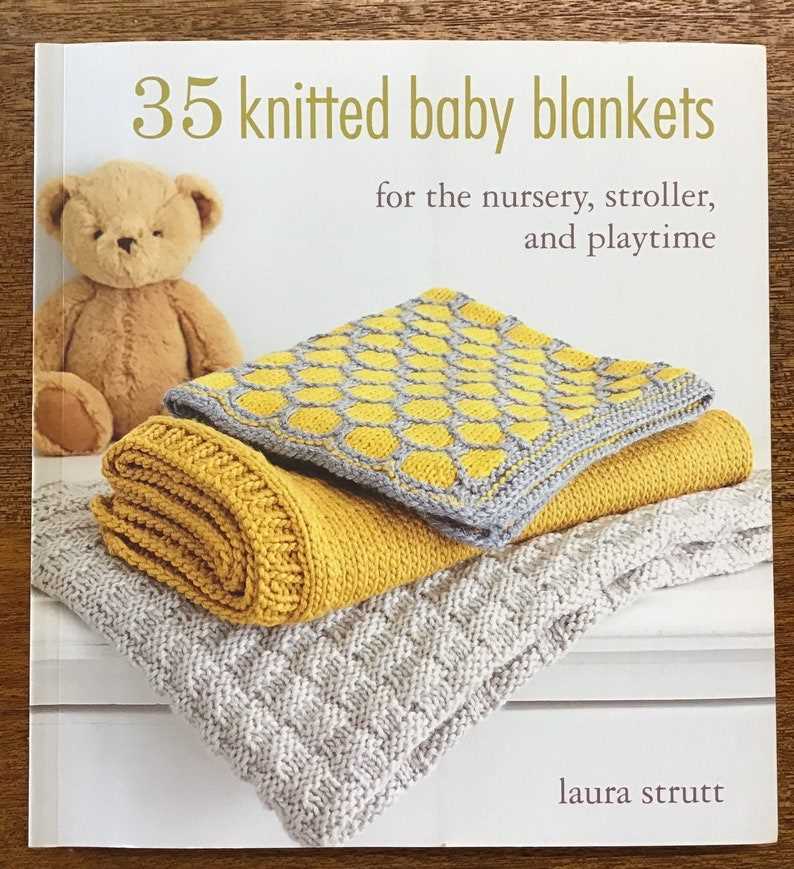
When it comes to finishing the edges of your knitted baby blanket, there are countless creative options to choose from. These finishing techniques not only add a beautiful touch to your blanket but also provide functionality and durability. Here are some suggestions:
1. Crocheted Edging:
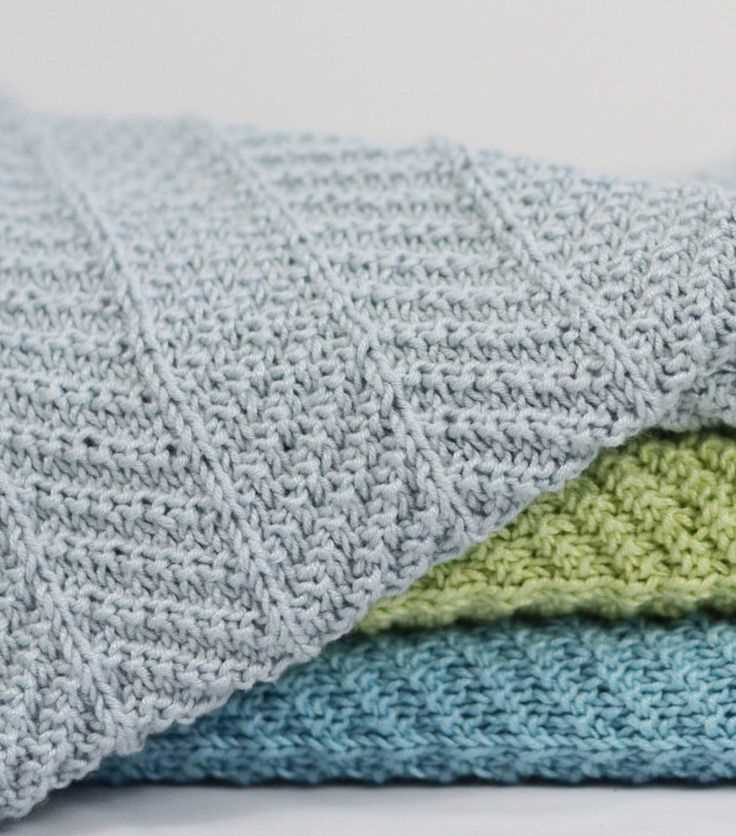
Add a delicate and intricate touch to your baby blanket by crocheting a border. You can choose from various crochet stitches, such as picot, scallop, or shell stitch, to create a unique pattern. Crocheted edging not only adds visual interest but also helps to stabilize the edges and prevent them from curling.
2. Ribbon Border:
Sew a decorative ribbon along the edges of your baby blanket to add a pop of color and texture. Choose a ribbon that complements the colors in your blanket or matches the nursery theme. This finishing option is not only cute but also practical, as it helps to reinforce the edges and prevents fraying.
3. Pom-Pom Trim:
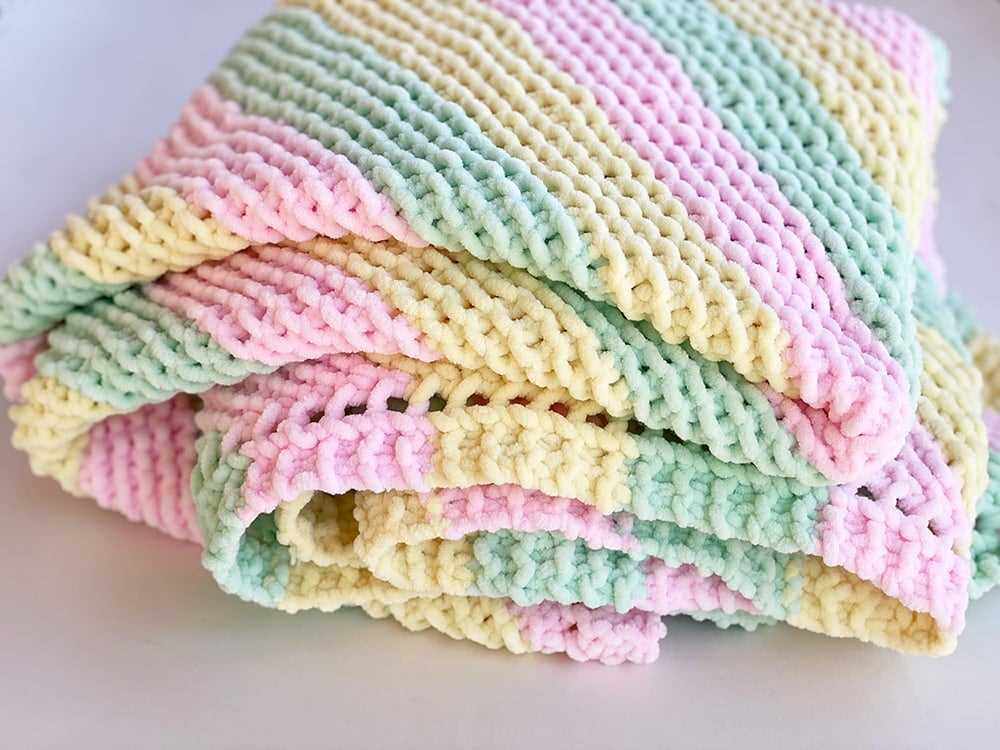
Add a playful and whimsical touch to your baby blanket by attaching a pom-pom trim. You can either make your own pom-poms or purchase pre-made ones in various colors and sizes. Sew the pom-poms along the edges of the blanket, spacing them evenly, to create a fun and fluffy border.
4. Knotted Fringe:
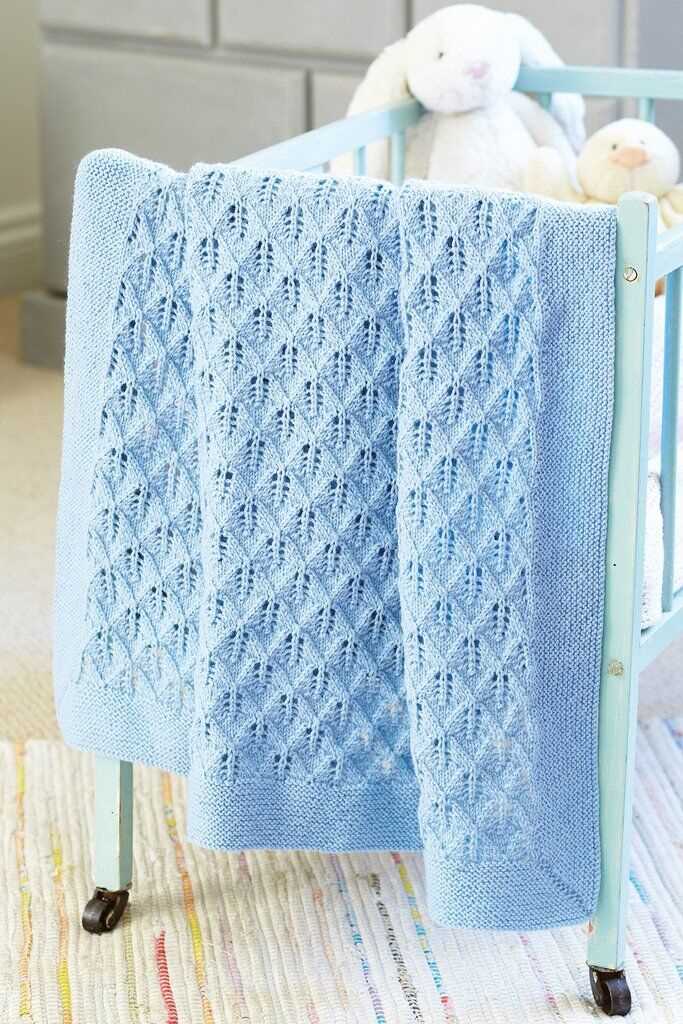
Create a boho-inspired look by adding knotted fringe to the edges of your baby blanket. Cut yarn strands of equal length and attach them to the edges using a crochet hook or a tapestry needle. Knot the strands together to create a fringe effect. This finishing technique gives your blanket an added texture and a cozy feel.
With these creative ways to finish the edges of your baby blanket, you can personalize and enhance the overall look of your hand-knitted creation. Whether you choose a crocheted edging, a ribbon border, pom-pom trim, or knotted fringe, your finished baby blanket will be a unique and cherished piece.
Ideas for incorporating texture into your baby blanket
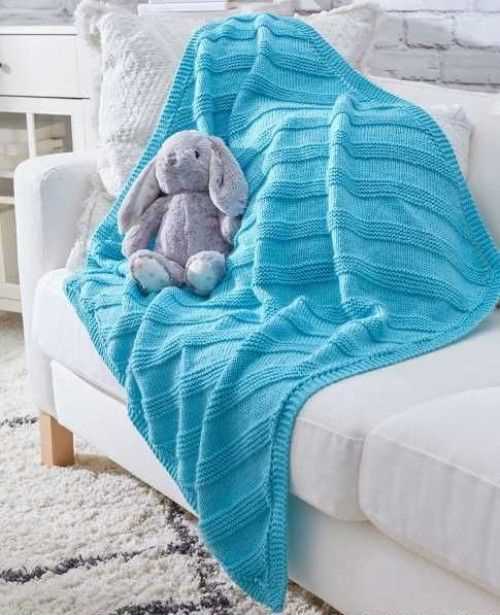
When knitting a baby blanket, adding texture can not only make the blanket visually appealing, but also provide sensory stimulation for the baby. Here are some ideas for incorporating texture into your baby blanket:
- Cable Knit: Cable knits create a beautiful texture that adds depth and interest to your blanket. You can create simple or complex cable patterns to suit your taste.
- Bobble Stitch: Adding bobble stitches to your baby blanket will create raised bumps that the baby can feel and touch. This can be a fun and engaging texture for the baby to explore.
- Garter Stitch: The garter stitch is a simple yet effective way to add texture to your baby blanket. This stitch creates ridges that can provide some tactile stimulation for the baby.
- Seed Stitch: The seed stitch creates a textured pattern of alternating knits and purls. This adds interest and dimension to the blanket, making it visually appealing.
- Ribbing: Incorporating ribbing into your baby blanket can create a stretchy, textured fabric. This can add both visual interest and provide some tactile stimulation for the baby.
Experimenting with different textures in your baby blanket can make it more engaging for the baby and enhance their sensory development. Whether you choose to incorporate cable knits, bobble stitches, garter stitch, seed stitch, or ribbing, the result will be a beautiful and functional blanket that will keep your baby cozy and entertained.
Fun and Playful Patterns for Baby Blankets
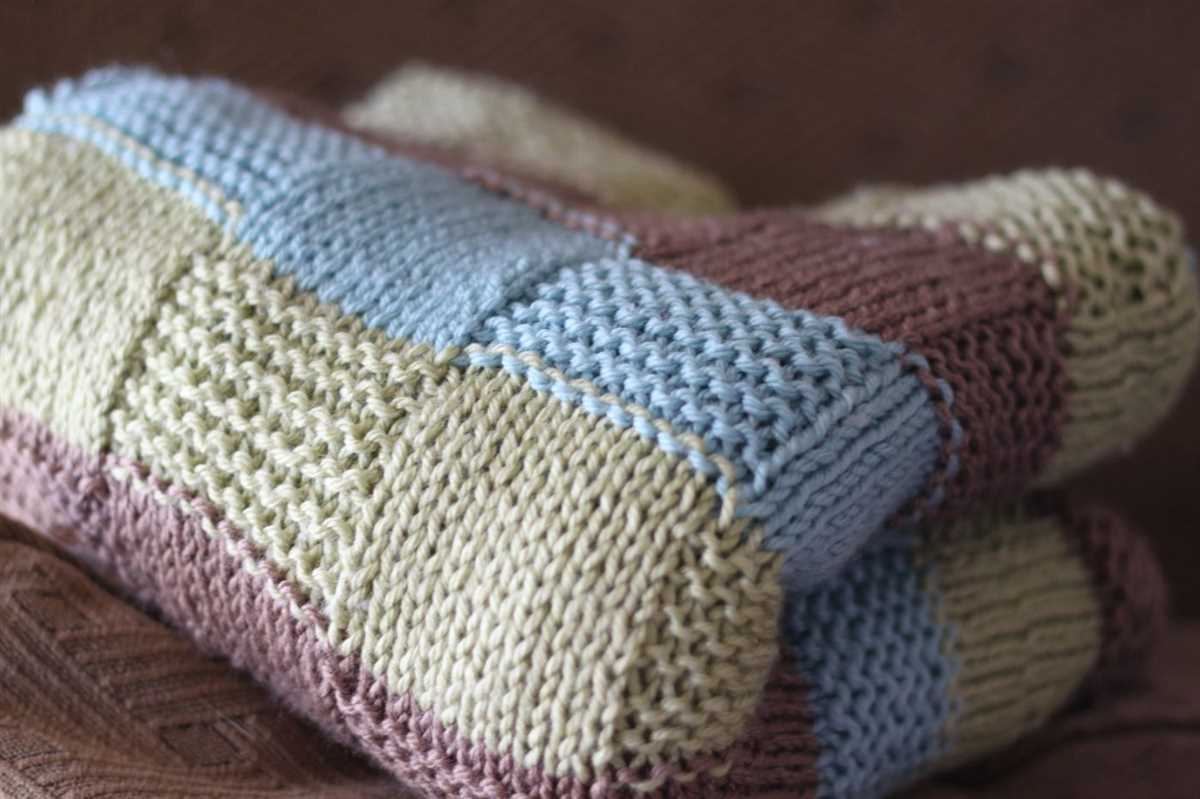
When it comes to knitting baby blankets, you don’t have to stick to traditional designs. There are plenty of fun and playful patterns available that can add a touch of whimsy to your little one’s nursery. Whether you want to create a blanket with animal motifs or colorful stripes, there is a pattern out there that will suit your style. Here are some ideas for fun and playful baby blanket patterns:
1. Animal Friends Blanket: This pattern features cute and cuddly animals like elephants, giraffes, and monkeys. Knitting the animals onto the blanket adds an interactive and tactile element that your baby will love. It’s a great way to introduce your little one to different animals, and the vibrant colors will capture their attention.
2. Rainbow Striped Blanket: Bright and colorful, this blanket is perfect for capturing the joy and energy of childhood. Knit in a variety of cheerful rainbow colors, it can also help your baby learn the names of different colors. The stripes add visual interest to the blanket, making it a fun and playful addition to any nursery.
- 3. ABC Blanket: Help your little one learn the alphabet with this adorable ABC blanket. Each square features a different letter of the alphabet, making it educational as well as fun. The bright colors and playful font will engage your baby’s senses and make learning the alphabet a joyful experience.
- 4. Teddy Bear Blanket: What could be more comforting than snuggling up with a soft and cuddly teddy bear? This pattern incorporates teddy bear motifs throughout the blanket, creating a cozy and playful design. Your baby will love wrapping themselves up in this adorable blanket.
- 5. Under the Sea Blanket: Transport your baby to an underwater wonderland with this whimsical blanket. Complete with sea creatures like fish, seahorses, and turtles, it’s perfect for little ones who love the ocean. The soothing colors and playful designs will create a peaceful and imaginative bedtime atmosphere.
In conclusion, there are plenty of fun and playful patterns available for knitted baby blankets. Whether you choose animal motifs, rainbow stripes, or educational designs, these patterns will add a touch of whimsy to your little one’s nursery. So grab your knitting needles and get started on creating a blanket that is both functional and fun!